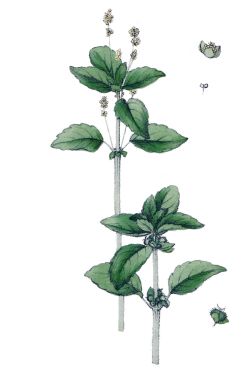| Acalyphoideae Temporal range: | |
|---|---|
 | |
| Annual mercury (Mercurialis annua) | |
| Scientific classification | |
| Kingdom: | Plantae |
| Clade: | Tracheophytes |
| Clade: | Angiosperms |
| Clade: | Eudicots |
| Clade: | Rosids |
| Order: | Malpighiales |
| Family: | Euphorbiaceae |
| Subfamily: | Acalyphoideae Beilschm. |
| Tribes | |
The Acalyphoideae are a subfamily within the family Euphorbiaceae [2] with 116 genera in 20 tribes. [3]